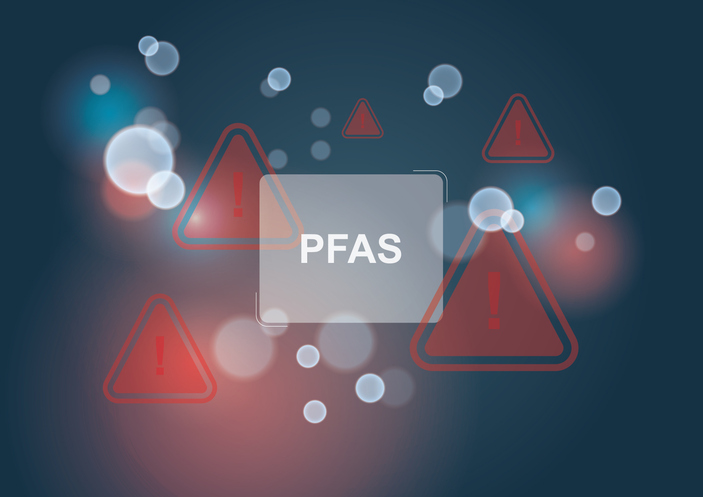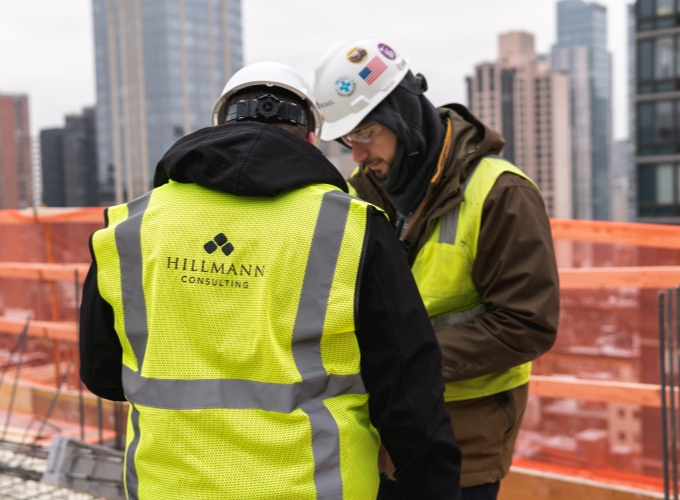Mandates & Incentives: Why Energy Efficiency Is Still A Smart Investment

Improving energy efficiency remains a strategic approach to reducing operating expenses and boosting property value. Rising energy costs, supply concerns, and regulatory mandates aimed at reducing energy consumption are all key drivers behind this shift.
Understanding City Mandates
Several cities have energy efficiency ordinances including Los Angeles, Seattle, New York City, San Francisco, Denver, and Boston. Failure to comply with these ordinances can result in hefty fines.
The Los Angeles Existing Buildings Energy and Water Efficiency (EBEWE) ordinance requires benchmarking and reporting, retro-commissioning, and energy/water audit and efficiency. Failure to comply results in a building fine and could result in other legal action.
The City of Denver has an Energize Denver ordinance, which mandates energy reduction. Failure to comply can result in fines up to $0.70 per kBtu over the limit.
In New York City (NYC), Local Law 97 mandates carbon emissions reduction for buildings over 25,000 square feet, costing you $0.50 per square foot per month for failing to comply.
Exploring Financial Incentives
In addition to mandates and penalties, there are also numerous valuable incentives available to help offset the costs for developers and property owners implementing energy efficiency improvements.
Energy-related financial incentives are available on the federal, state, and city level. Hundreds are available through the investor-owned utilities. Incentives are often related to property type (multifamily, commercial, etc.). Although utility incentive programs do end, they are typically longer-lasting. But many government incentives are short-lived—ending due to funding levels being met, or changes in government administrations. Several of the programs listed below may or may not exist in the coming months and years, so the time to act is now.
Several programs are available on a federal level, including:
- The Section 179D program offers up to $5.81 per square foot for new or retrofit buildings based on an energy reduction of 25% or more.
- The Section 48 Renewable Energy Investment Tax Credit offers up to 30% of installation costs in tax credits for pursuing select renewable energy measures.
- The HOMES Efficiency Rebates (HOMES) Program offers up to $400,000 in rebates for multifamily owners.
Federal programs can be combined with state, regional, and utility programs.
There are hundreds of incentive programs offered by utility providers. Almost all of the large electricity utilities offer incentives for energy efficiency projects. Utility provider incentives include:
- In California, for some governmental facilities and special districts, the SGIP program will offer rebates up to $1,000 per kWh of battery storage capacity, essentially paying for the entire system.
- In Colorado, for multifamily buildings, there is a program that will install LED lights and water-efficient shower heads and aerators for free.
- In NYC, multifamily buildings can get up to $2,000 per dwelling unit for energy efficient upgrades. This can cover up to 90% of project costs for mid-sized buildings. For a complex with 50 units, the building owner could get $100,000 to help defray project costs.
The state of New York has a well-developed regional program largely governed by The New York State Energy Research and Development Authority (NYSERDA). A unique aspect of New York’s regional programs is the partnership between NYSERDA with the NYC Housing Development Corporation (HDC), New York City Department of Housing Preservation and Development (HPD), and the New York State Homes and Community Renewal (HCR) to offer funding and tax incentives for renovation projects, which can assist with capital improvements and energy upgrades.
Based on location and property type, pursuing and combining these incentives can yield financially manageable energy upgrades, allowing the property owner or developer to meet energy reduction demands, improve or renovate building components at a subsidized cost, and reduce monthly expenses.
Accessing Incentive Programs
So how do you access these funds? Typically, the best way forward would be having an energy audit of your facility done by a reputable energy auditing company. Not only will the energy audit recommend various energy savings retrofits you can employ (including how much they will cost to implement, and how much they will save), but the audit should also point out which incentives you are eligible for. This way you do not have to waste hours studying all the incentives and programs that are available. Often the energy audit will recommend projects that will pay for themselves in a year or less. So even if there are incentives available for some projects, the energy audit might point out other projects that are much more cost effective even though there are no incentives available.
Some programs require specific energy analysis to be eligible for funding, like the programs governed by HPD, HDC, and HCR in New York State. These agencies require that an integrated physical needs assessment (IPNA) be conducted to be eligible to participate in their programs. The primary goal of this IPNA requirement is to create a standard for evaluating incorporation of energy efficiency improvements, physical needs, and health improvements into affordable multifamily housing who are utilizing New York’s housing authority preservation program funds for rehabbing the property.
Even without a city mandate to reduce energy usage, there are several reasons to take advantage of available incentives:
- Energy efficiency upgrades, or any building upgrades, add value to the property—and if they are partially paid for by incentive programs, all the better.
- Energy efficiency lowers your fixed costs. Incentive programs can dramatically offset your project installation costs, resulting in projects that will pay for themselves in just a few years.
- If you are planning on a renovation, incentives may help fund energy efficient lighting or HVAC systems.
It can be overwhelming to take the first step to decipher mandates, programs, and incentives. The Hillmann Family of Companies can help you through this process. We provide nationwide energy and advisory services to building owners alongside our wholly-owned subsidiary, Abraxas Energy Consulting. Our value-driven approach is designed to help you minimize risk, reduce costs, and operate more efficiently. At Hillmann, we are eager to understand and exceed your goals and expectations. Your property is our priority.
Ready to turn energy mandates into opportunities?
Contact Hillmann today to schedule an energy audit or explore which incentives your property qualifies for. Our experts are here to help you save money, reduce risk, and operate more efficiently.
Building Science | Due Diligence | Energy Consulting | Construction Services
_______________________________________________________________________
ABOUT THE AUTHOR | Kristen Brink, PE
Kristen Brink, PE is a Principal/Partner and Executive Vice President at Hillmann. Since joining in 2016, she has led key strategic initiatives and driven operational improvements across the organization. Kristen holds B.S. and M.S. degrees in Environmental Engineering from Lehigh University and is a licensed Professional Engineer (PE) in New Jersey, New York, and Pennsylvania. She oversees Hillmann’s integrated due diligence services, aligning engineering, environmental, and construction teams for seamless project delivery. Kristen’s broad experience and leadership across multiple disciplines allow clients to benefit from greater efficiency and consistency by having a single point of contact on complex, high-stakes projects. She combines technical depth with strategic insight to deliver effective, client-focused solutions.
-

Understanding Los Angeles’ EBEWE Ordinance
November 17, 2025
-

-

Colorado Launches $35M Large Building Decarbonization Grant Program
September 24, 2025
-

Disbursement Services for Construction Lending
August 27, 2025
-

-


